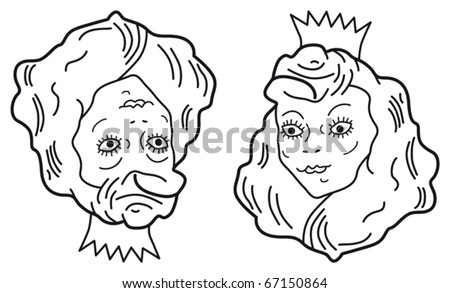That's really good advice, but wouldn't this be more of a levels issue if we aren't dealing with live recordings?? Or is limiting the low end doing something more complicated than adjusting the levels of bass instruments.
I understand compression/limiting are tone shaping tools, but how does it apply to cohesiveness in hip hop when you could just turn an 808 down?
It's natural, but sometimes ill-advised, to start with the area where you identified the problem and attempt to make adjustments there.
It can be dangerous to simply assume that a problem is in fact what it appeared to be at first, or that it is actually what someone described it to you as.
Asking a question like
"What is wrong with my bass here?" is often a logical fallacy called
"Begging the Question".
The REAL "issue" to me
(if you could call it one -- I didn't feel that the first example sounded "bad"),
is that the volume relationship between the bass and other frequencies isn't consistent enough.
Most of the work was careful multi-band compression to sculpt the relationships between the instruments, and then some limiting to "seal the deal".
More work was done on midrange and upper frequencies than the low end.
When I hear or imagine the words
"detatched" or
"unglued",
it kicks off a work pattern in my head to start looking for problems with space and consistency.
You see, I'm not merely
"limiting the low end",
as you would say,
because I'm defining the problem in a manner aside from the way that it was first brought to my attention.
When you get to a higher level of mixing and mastering, you need to refine and redefine your conscious thoughts about your impressions.
For example, a mixer might say to himself about a vocal stem,
"this vocal is too harsh", and simply use an EQ to turn down the upper frequencies.
But,
upon further reflection,
is it really too harsh?
When?
Always?
Maybe it only gets too harsh when the vocalist utters an "S", or "T",
or when the timbre of his voice changes as he backs away from the microphone and starts screaming.
In those situations, the approach would be different
(you'd use a de-esser or multiband compressor) in response to a problem defined differently.
A photo example of two different perspectives on the exact content
(rotate the picture to see either an old lady or a young woman):
Your tools for refinement are:
- What
- How
- When
- Where
- Why
Ask yourself a few questions about your problem to refine it and gain some perspective.
Afterwards, come up with at least three (3) possible ways to go about dealing with the problem,
and choose whichever one of those you like the most. (
With only solution, you have no options. With two possible solutions, you have a dilemma. With at least three, you have a meaningful choice to make.)
-Ki
Salem Beats

